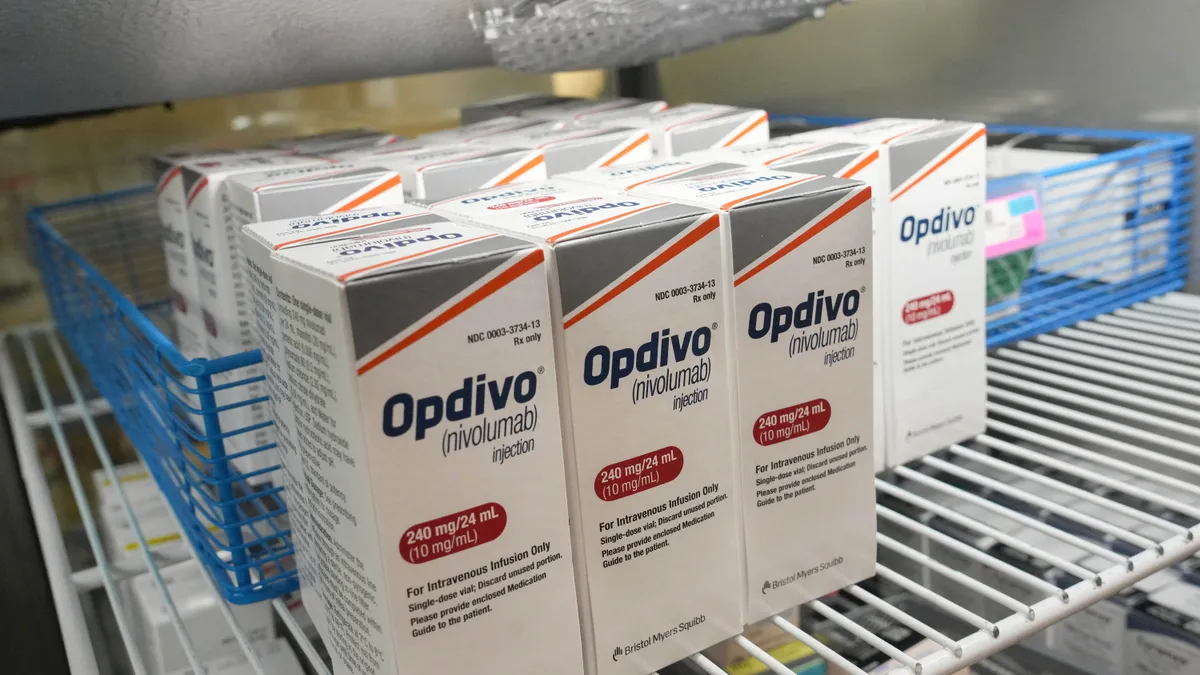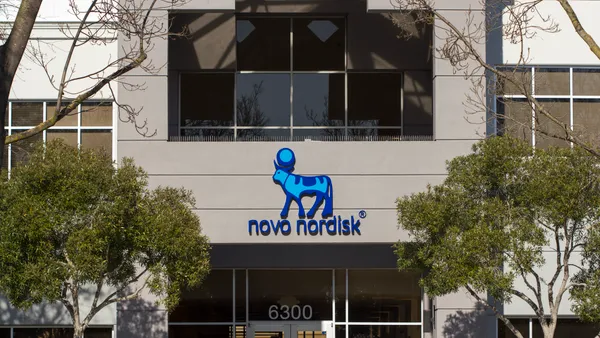In the United States, 12% of adults have taken a glucagon-like peptide 1 (GLP-1) antagonist. The drugs aren’t just popular for weight loss; 62% of adults taking semaglutide or other GLP-1 drugs take them for chronic conditions, such as diabetes and heart disease — and dementia could be added to that list.
“The currently approved new medications, which we are delighted to have, are complicated to use and have to be monitored for side effects,” says Jeffrey Cummings, MD, a neurologist and research professor at the University of Nevada, Las Vegas. “We would like new and better drugs … and semaglutide is in that firmament of compounds where we’re getting new data.”
GLP-1 receptors are in neurons, oligodendroglia, astroglia, and other brain cells and could play a role in regulating inflammation and preventing cell death. A 2024 study looked at the medical records of 1 million patients and found that semaglutide — marketed as Ozempic or Wegovy — was linked to a 40% to 70% reduction in the risk of Alzheimer’s disease diagnoses.
“We see lots of peripheral evidence of inflammation in Alzheimer’s disease,” Cummings says. “The hypothesis is that semaglutide lowers peripheral inflammation and that will lower central inflammation, and the result will be an improvement in Alzheimer’s disease or a greater slowing in cognitive decline.”
Validated tools such as the Repeatable Battery for the Assessment of Neuropsychological Status (RBANS) are also commonly used in Alzheimer’s research to assess immediate and delayed memory, visuospatial/constructional abilities, language, and attention. The RBANS’ sensitivity to mild cognitive decline makes it a valuable option for both clinical and research settings, and it could be an option for assessing the cognitive effects of GLP-1s as a potential treatment for Alzheimer’s disease.
Assessing the Effect
Two double-blind, placebo-controlled, randomized clinical trials are underway to assess the role that GLP-1s could play in Alzheimer’s treatment. Novo Nordisk is conducting two Phase 3 trials, EVOKE and EVOKE Plus, to test the effectiveness of semaglutide in patients with Alzheimer’s disease.
In both trials, the primary outcome measures include assessing the severity of cognitive impairment in domains such as memory, language, and executive function from baseline to week 104. The EVOKE Plus trial includes a higher proportion of participants with brain scans that show evidence of small-vessel pathology. Both trials are expected to be completed in September 2025.
The current literature shows that, unlike current Alzheimer’s drugs, which require IV infusions, oral semaglutide could be a game changer in terms of access and ease of use.
“So many of the drugs we have for Alzheimer’s disease are a little bit of a burden to health care providers, caregivers, and patients,” Cummings says. “The fact that clinical trials are being done on an oral medication is a really big plus to the field, and it’s a really big plus that we could get the patients who cannot get to infusion centers or cannot readily learn how to do subcutaneous injections.”
Benefits Beyond the Brain
Semaglutide reduces Alzheimer’s disease risk factors such as Type 2 diabetes, obesity, and cardiovascular disease, which could offer neuroprotective effects. The medication has also shown benefits in cardiovascular and kidney function, pointing to its broader systemic effects.
“This is a medication which has prevailed and been approved in diabetes and obesity,” Cummings adds. “The interesting thing to me is that in those trials, when they have looked at cardiovascular events, when they have looked at renal disease, those patients have also improved in terms of those parameters that are probably measures of the vascular impact.”
It’s also believed that the blood-brain barrier is adversely affected by the inflammation in Alzheimer’s disease, but semaglutide, as a large molecule that doesn’t cross the blood-brain barrier, could allow it to be reconstituted, so the inflammation will go down. Based on these benefits, Cummings calls semaglutide a “promising compound” but issues a warning.
“It has risks … and we all have to keep that in mind as we’re trying to communicate our enthusiasm to our patients,” he says. “I think it has a unique mechanism of action and a good track record; I’m also very aware of vulnerabilities that can show themselves later in development.”
Even so, Cummings is excited about the potential of GLP-1s as a promising new treatment for Alzheimer’s disease. In the podcast episode, he calls the connection “the most interesting readout of 2025.”
For more of Dr. Cummings’ and other experts’ insights, listen to Pearson’s “The Progress Profile: Alzheimer’s Research in Focus” podcast.










